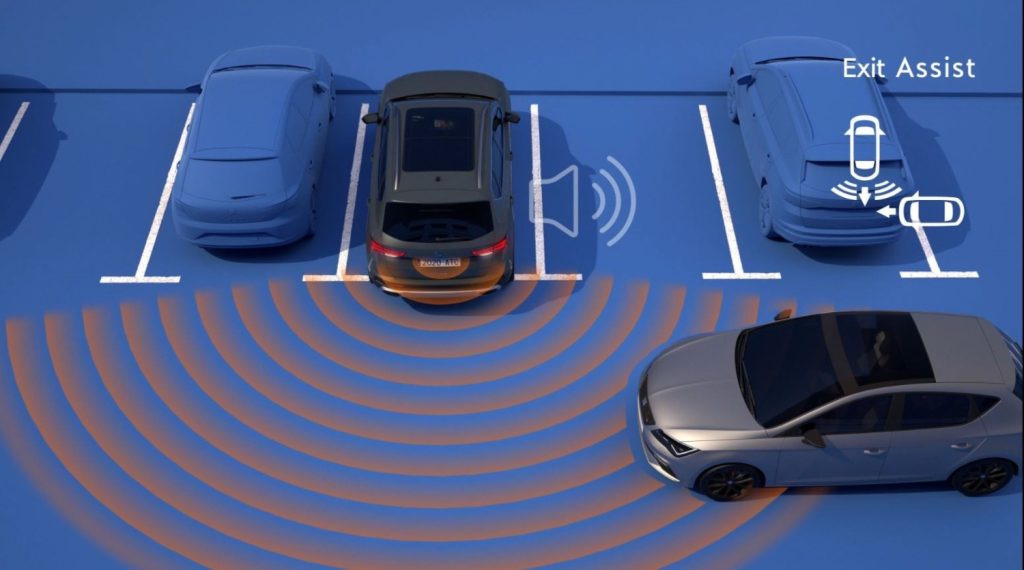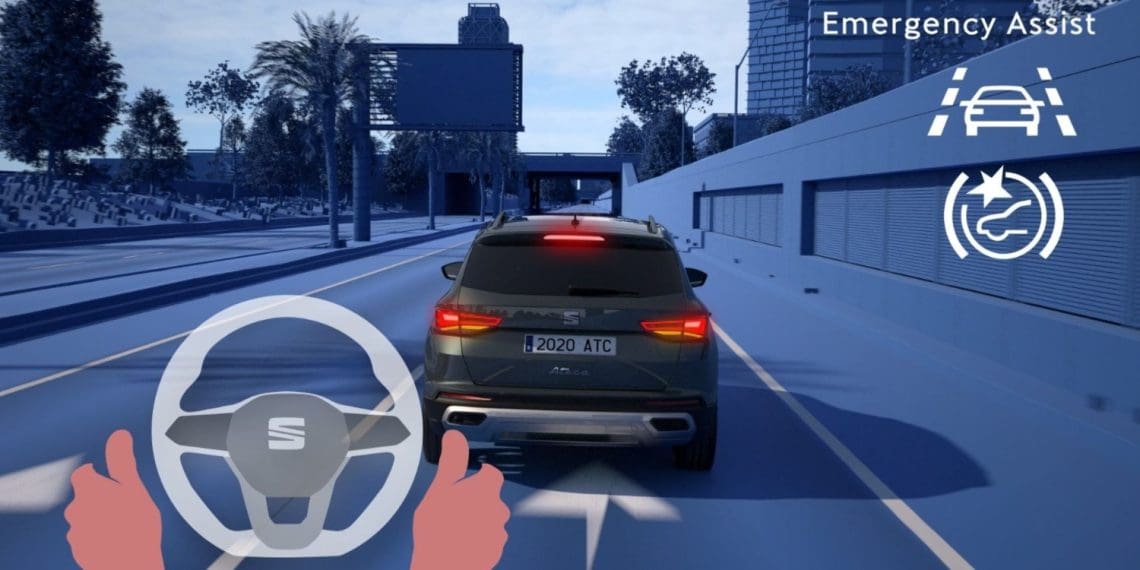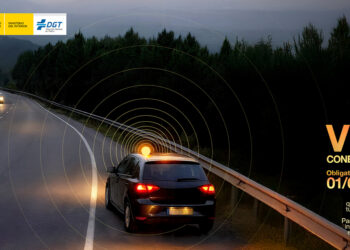The European Union has made it mandatory, since July 7th, for some safety systems in automobiles, including the “black box“, despite most brands having already strengthened their security systems.
This is the case with Seat, where the models that make up the brand’s offering now include a wide variety of active, passive, and preventive safety systems, complying with all Cybersecurity, Software Update, and Electrical Safety regulations.
The European Union has demanded the implementation of some of these systems due to their proven effectiveness in reducing accidents, injuries, and victims. According to the report issued by the European Commission’s General Vehicle Safety Regulation, which came into effect on July 6th, 2022, and establishes the legal framework for the approval of autonomous and driverless vehicles in the European Union, the adoption of these systems could save more than 25,000 lives and prevent about 140,000 injuries by 2038.

Since July 6, 2022, different security systems have been included that, together with others such as the “black box” of accidents or the pre-installation for the breathalyzer with vehicle blocking, have become mandatory in all vehicles registered from July 7, 2024.
Among the new systems is the Intelligent Speed Assistant (ISA – Traffic Sign Recognition): Through a front camera located on the windshield, the system recognizes the speed limits of public roads, alerting the driver when they are exceeded. In combination with this system, if the vehicle is also equipped with adaptive cruise control (ACC), it automatically becomes predictive. In this way, the vehicle instantly adapts to the vehicle’s speed based on the maximum speed of the road, and furthermore, anticipates the change in speed or the circumstances of the road we are approaching, such as a roundabout, thanks to the information from the Infotainment system’s Cloud.
Involuntary Lane Change Alert (Lane Assist): Through the front camera, the system identifies the road lines and the lane being traveled. If an involuntary lane departure is detected, the Lane Assist system alerts the driver and performs a gentle maneuver to correct the trajectory, repositioning the vehicle within the same lane.

Advanced Emergency Braking System (Front Assist): It can autonomously brake if it detects an imminent collision with vehicles, cyclists, and pedestrians and the brakes are not activated. The Emergency Brake Signal (ESS) system warns following drivers with a rapid flashing of the brake lights and activating the hazard lights.
Fatigue and Drowsiness Detection (DDR): This system, through sensors implemented in the vehicle, alerts the driver with visual or auditory signals when signs of tiredness or fatigue are detected.
Cross Traffic Detection: The parking sensor system detects vehicles crossing from the side – using radar with a range of up to 70 meters in the case of Seat models – alerting the driver and, in some cases, autonomously braking to avoid a collision.

Black box (EDR): Records and continuously stores driving data, keeping the last 30 seconds of each journey. Designed to analyze the causes of traffic accidents, it complies with data protection laws, not sharing any information about the vehicle owner or driver.
Ignition inhibitor with breathalyzer (Alcolock): Prevents the driver from starting the vehicle if their alcohol level exceeds the allowed limit. Although the integrated breathalyzer is mandatory, its use is not yet regulated by standards.
Seat belt usage alert in all seats: Mandatory since 1974, the visual and audible alarm for unbuckled front seat belts has been mandatory since 2014. The same system is now implemented in the rear seats. Sensors in the seats activate the alert when reaching 25 km/h or if more time has elapsed than the established limit without the seat belts being fastened.









